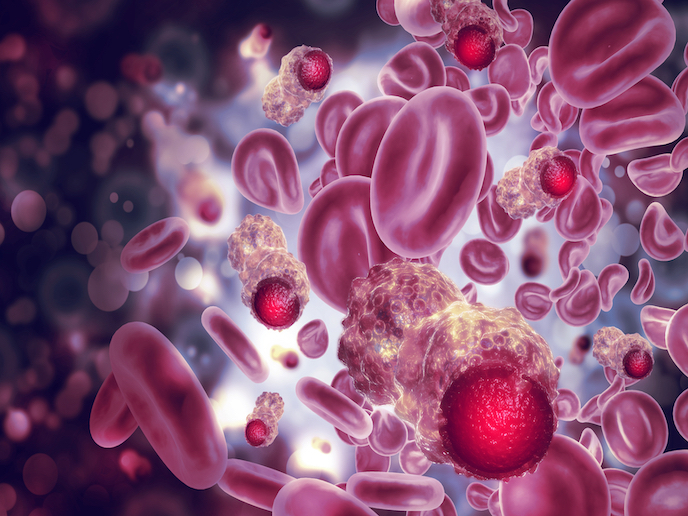Taking another look at progesterone
There are around 55 000 new cases of breast cancer every year in the United Kingdom alone. Of these, the vast majority (75 %) are driven by the oestrogen receptor(opens in new window) (ER) pathway. Estrogen(opens in new window) is what promotes the development of secondary sexual characteristics and sexual organ maturation in females. The ER pathway includes the regulatory proteins that impact oestrogen’s functioning. Typically, these proteins are tightly regulated. However, when deregulation happens, metastatic breast cancer(opens in new window) is often the result. Although drugs that block ER activity have dramatically improved survival rates, a third of all patients relapse and die from metastatic breast cancer. Recent evidence suggests that this could be the result of such parallel hormonal pathways as the progesterone(opens in new window) and androgen(opens in new window) receptors impacting ER activity and competing for DNA access. Understanding this ‘cross-talk’ between nuclear receptors in breast cancer was the focus of the EU-funded ER_disease project. “We know that ER is the driving factor in most breast cancers,” says Jason Carroll, a cancer researcher at the University of Cambridge(opens in new window). “Based on this, we hypothesised that other nuclear receptors, which are biology(opens in new window) (endogenously) expressed in these cancers, could be activated to interfere with the ER function, thus preventing the cancer from progressing.”
Creating controversy
One of the project’s key outcomes was the demonstration of the benefits of progesterone. Not only did this finding flip the current paradigm upside down, it was also the cause of a fair amount of unexpected controversy. “Progesterone and its synthetic equivalents, called progestins, have always been viewed as harmful agents that could promote cancer,” explains Carroll, whose work was supported by project was supported by the European Research Council(opens in new window). “Because hormone replacement therapies contain progestins, women stopped taking them for menopausal symptoms and treating cancer.” Based on a clinical trial, ER-disease researchers showed that these are safe and should be fully exploited for treating breast cancer. And herein lies the controversy. “We thought the science would prevail and that people in the field who may have disagreed with our conclusions about progesterone would reassess their stance when presented with our data,” remarks Carroll. “But we were challenging dogma and essentially questioning the conclusions of several big labs, which is probably why we didn’t get the response we were expecting.”
Focused on the science
Despite some pushback from the scientific community, Carroll and his team remained confident in their findings. As such, they continued to present their work at conferences and publish review articles explaining why previous conclusions were inaccurate. They even set up a clinical trial as a definitive assessment of progesterone and progestin activity. “I am very proud of the fact that despite the pressure, we pushed through and kept our focus on the science,” adds Carroll. “In doing so, we are correcting misconceptions and ultimately improving the health of women.” Carroll and his lab are now shifting their focus away from tumour biology and towards the processes that occur during metastasis. “This is an area that is poorly understood in ER and breast cancer,” he concludes. “But with the advent of much better models and with new genetic and genomic insight into the process, now is the time to redirect the lab’s attention to this important clinical and biological question.”







